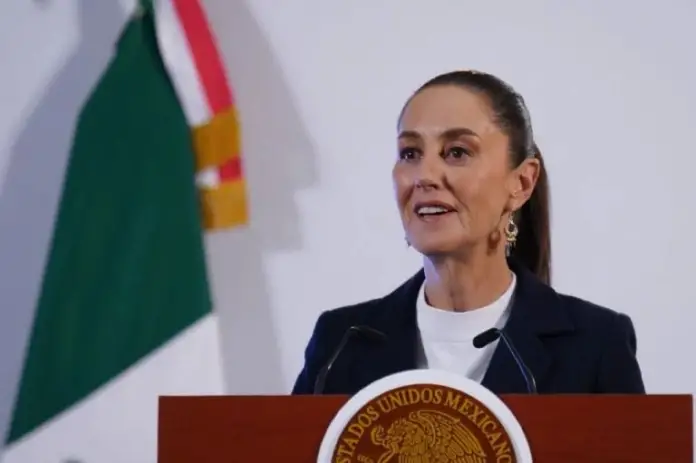
With 194,510 murder victims and 53,566 disappearance victims recorded between December 2018 and October 2024, Andrés Manuel López Obrador’s six-year term was the most violent in Mexico’s recent history; His strategy based on the Armed Forces and the slogan “hugs, not bullets” could not get the country out of the homicidal spiral in which it has been since the beginning of the war against drug trafficking, proclaimed by Felipe Calderón Hinojosa in 2006.
According to updated official data from the Executive Secretariat of the National Public Security System (SESNSP), during López Obrador’s six-year term there were 20,624 murder victims in Guanajuato, 16,245 in Baja California, 16,237 in the State of Mexico, 13,696 in Chihuahua, 13,668 in Jalisco and 12,888 in Michoacán.
Authorities in Sonora and Guerrero reported more than 9,000 murders each, while those in Veracruz, Morelos and Nuevo León recorded figures exceeding 7,000 victims of homicide and femicide.
Compared to the last years of Enrique Peña Nieto’s six-year term, López Obrador’s administration was marked by a substantial increase in intentional homicides and femicides in Morelos, Nuevo León, Michoacán, Sonora and Zacatecas, and with a stagnation of violence at high levels in Baja California, Chihuahua, Guanajuato or the State of Mexico.
Claudia Sheinbaum Pardo’s government inherited from her predecessors a country sunk in violence, which is reflected in the National Survey of Urban Public Security (ENSU), released yesterday by the National Institute of Statistics and Geography (INEGI), according to which 58.6% of the population feels unsafe in their city.
In just three weeks at the head of the country, the president has had to deal with the conflict between Mayitos and Chapitos in Culiacán, which affects local political life; the murder of the priest Marcelo Pérez in San Cristóbal de las Casas and the massacre of migrants in Villacomaltitlán, Chiapas, by soldiers; the decapitation of the mayor of Chilpancingo, Alejandro Arcos; the attacks against lawyers and politicians in Mexico City; the murders of a girl and a nurse in Nuevo Laredo by soldiers of the National Guard and the National Defense Secretariat (Sedena); or the shootings and burning of vehicles in Villahermosa.

SESNSP data suggests that, during López Obrador’s six-year term, the incidence of homicidal violence was reduced in Jalisco, Veracruz, Tamaulipas, Guerrero and Mexico City; however, these entities concentrated the highest number of disappearances recorded throughout the previous government, along with the State of Mexico, Michoacán, Sinaloa, Sonora and Zacatecas.
At the municipal level, the unstoppable wave of violence for control of border cities with the United States worsened during the six-year term, with 10,580 investigation files opened for intentional homicide and feminicide in Tijuana, to which 6,671 were added in Ciudad Juárez.
In the last six years, 30 cities have recorded more than a thousand murders, and together they have more than 63 thousand investigation files: four of them are in Guanajuato (León, Celaya, Irapuato and Salamanca), another four are in Jalisco (Guadalajara, San Pedro Tlaquepaque, Tlajomulco and Zapopan), there are three in Michoacán and Baja California (Tijuana, Morelia, Zamora, Uruapan, Ensenada and Mexicali), and two in Chihuahua (Ciudad Juárez and Chihuahua), in Sonora (Cajeme and Hermosillo) and in Colima (Manzanillo and Colima).
The list is completed by some state capitals, such as Culiacán, Cancún, Monterrey, San Luis Potosí, Cuernavaca, Puebla, as well as the municipalities of Acapulco, Ecatepec, Iztapalapa, Gustavo A. Madero and Fresnillo.
During her campaign, Sheinbaum promised that her government would focus its attention on 10 municipalities with high homicide rates to reduce crime. These are Colima, Tijuana, Acapulco, Celaya, Cajeme, Ciudad Juárez, Tlajomulco de Zúñiga, Chihuahua, León and Cancún, which together accounted for 35,232 investigation files for homicides and femicides during López Obrador’s six-year term.
Source: proceso






